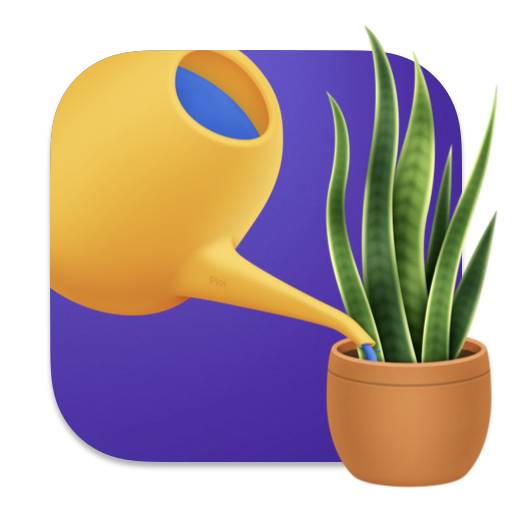Leymus mollis aka American Dune Grass
Taxonomy ID: 5715
Common names
American Dune Grass, Sea Lyme Grass, Strand GrassMore information about American Dune Grass
What is the growth pattern and size of American Dune Grass?
The American Dune Grass displays clumping growth habits, with new shoots arising from the soil close to the parent plant.
What are the water needs for American Dune Grass
American Dune Grass should be watered regularly, allowing the soil to dry out between waterings.
What is the sunlight requirement for American Dune Grass
American Dune Grass thrives in bright and direct sunlight. To ensure your plant receives enough light to survive, place it less than one foot from a window. The current weather in your area may affect the placement in your home. For example, if you live in a region that has longer and more intense periods of sunlight, then you may want to place the plant farther away from the window to avoid direct sunlight and reduce the risk of sunburn. Alternatively, if you live in a region with relatively milder temperatures and less intense sunlight, then you may be able to place the plant closer to the window for increased exposure. Ultimately, the current weather in your area should be taken into consideration when determining the best placement for your Strand Grass.
How to fertilize American Dune Grass
Once the American Dune Grass has doubled in size or after a year has passed, it should be moved to a new pot. By replacing the soil with fresh potting soil containing all the vital nutrients, your plant will receive all the sustenance it needs, negating the requirement for fertilizer. It's important to remember that plants get their energy from the sun, not fertilizer.
Is American Dune Grass toxic to humans/pets?
No verified data on the toxicity of this plant exists within Ploi's records. Should you, someone in your family, or your pet ingest plant material with an unknown toxicity level, it is recommended to seek medical advice.







